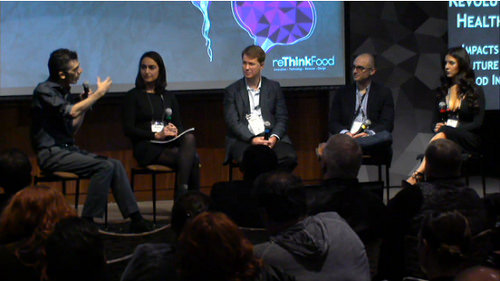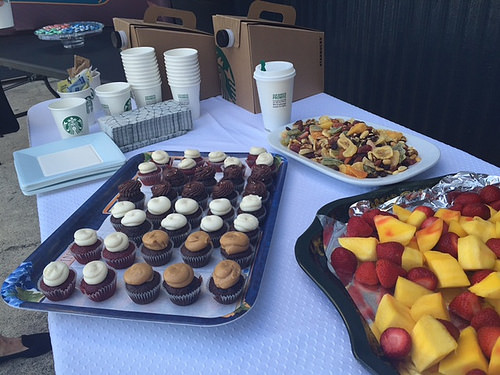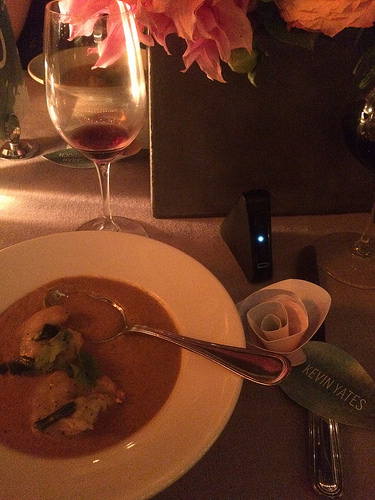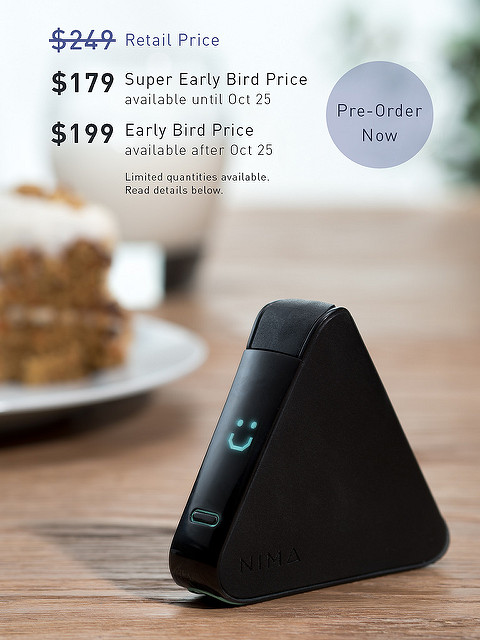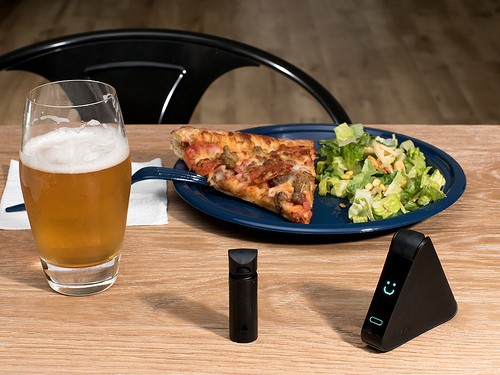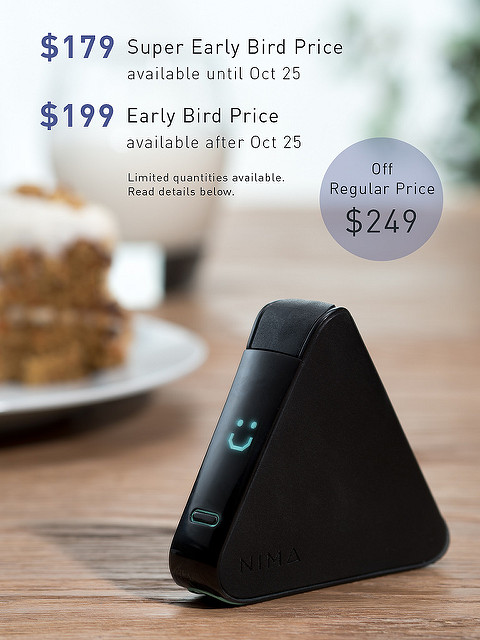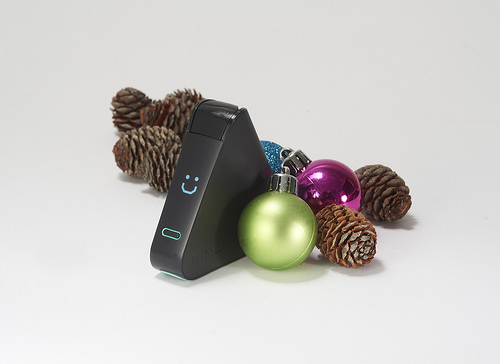
Smiles, sweat and tears sum up 2015 at 6SensorLabs. It’s been an incredible journey to conceptualize and start to manufacture Nima for the masses. No one said it would be easy, but few also said it would be this much fun. Our biggest milestone in 2015 was the launch of our Nima pre-sale - one giant step closer to getting our portable sensor into your hands.
We remain ever grateful for your emails, comments and in-person conversations. We share your keen observations with our entire team - and trust me, it helps us build a better product for you: everything from expanding our FAQs, to helping us develop our next products and creating tools like our etiquette guides and webinar events. There’s no way we could achieve greatness without your input.
Take a look below for our year in review, and get a sneak peek at what’s coming in 2016!
January - March
- Shared our first rounds of food testing
- Tested non-working prototypes to help us finalize the product design you see today
- Attended our first gluten-free and free-from trade shows in San Diego and Austin
- Wrote the first of our team blog posts about our food identities -- our mission is personal for all of us!
- Attended CES, SXSW and MIT Sloan BioInnovations
- Starred in our first office photo shoot
April - June
- Launched NimaSensor.com
- Conducted research at Chez Nima (aka the 6SensorLabs offices) on what people really want to test with Nima
- Hosted seven outstanding interns, beginning in June, one of whom went on a gluten-free french fry hunt
- Selected our manufacturing partners after a careful vetting process
- Saw the first designs for the Nima app
- Displayed Nima at gluten-free and free-from trade shows in Atlanta, Columbus, Minneapolis, Chicago, and Washington, D.C. and with researchers and clinicians at Digestive Disease Week
- Held our first team offsite with an improv class -- and co-founder Scott Sundvor acted like an antibody
July - September
- Held our first webinar about the chemistry behind Nima
- Asked people if they would rather take a pill or test their food and found out more habits of people who avoid milk and peanuts
- Began transfer to manufacture - this is the part where we figure out how well what we’ve designed works when you begin creating millions of units
- Showed off Nima in New York, San Francisco, and New Jersey
- Unveiled an etiquette guide for dining out with Nima
- Conducted in-person testing with units in San Francisco - leading us to make refinements in the product design
October - December
- Nima went on pre-sale!
- CEO & Co-founder Shireen debuted Nima on Fox & Friends with Elizabeth Hasselbeck
- Nima named one of TIME Magazine’s Best Inventions of 2015
- Received an SBIR grant from the NIH for our work on gluten detection
- Won two Stevie Awards for Women in Business
- Selected a packaging vendor and final packaging designs
- Hosted a tech fellow woman, Elizabeth Akinyi Ochola
- Began beta tests of Nima - helping us to make changes to design before final manufacture
- Updated the Nima website
- Extended pre-sale due to high demand
2016: Be on the lookout for...
- Third-party validation of Nima
- More Nima sightings as our team travels the U.S. (first stop: CES in Las Vegas)
- Nima pre-orders shipping out and general availability


